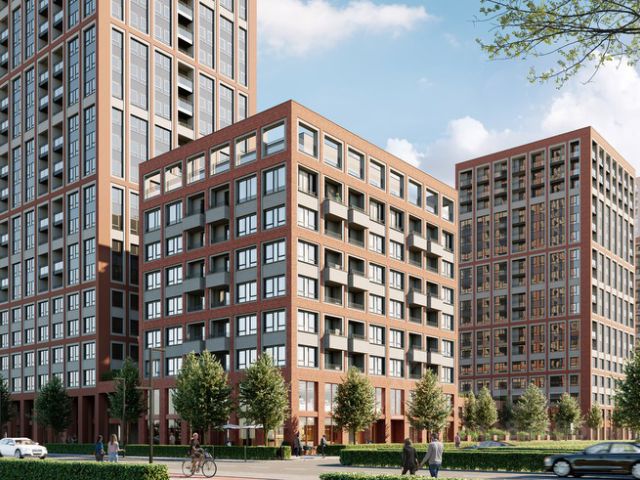Portfolio landlords with multiple properties have numerous options for keeping their business running, and the earlier you put something in place the better.
While a casual buy-to-let landlord with one or two properties may not always feel the need to plan ahead for what would happen to their assets, professional landlords with 10 or more properties are being urged to come up with a strategy for the future to maximise savings and returns.
When it comes to property, succession planning involves putting arrangements in place to pass on your property assets after your death, which tends to include tax planning in order to mitigate the tax due on your estate on your death.
Unfortunately, partly due to the uncomfortable nature of the conversation, many portfolio landlords do not have appropriate plans in place, risking the future sustainability of their property business for the next generation.
New research from Handelsbanken has revealed that half (52%) of professional landlords aged 45 or over do not have any long-term management plans set up. The bank is therefore urging portfolio landlords to give this more thought, to protect their investments in the future.
What’s the plan?
Of those who have no succession plan in place, 27% said they had not had the chance to develop one yet, implying that they would be interested in doing so in the future. But 23% said they hadn’t thought about it, while 19% had no one to leave their portfolio to.
A further 15% of Handelsbanken’s respondents said succession planning was not a priority for them, while the same amount believed it would be too complicated.
But what can portfolio landlords do to ensure their assets can successfully be passed on to the next generation? More than half of respondents (54%) said they will convert their portfolio into a property development portfolio, in order to benefit from business property relief.
Charitable trusts were another popular option to save on tax, with 43% choosing this direction, while 35% would place their portfolio into a family trust, and 28% would opt for a family investment company. Around a quarter (26%) of portfolio landlords intend to acquire agricultural properties for agricultural relief.
Christine Ross, Head of Private Office (North) and Client Director at Handelsbanken Wealth and Asset Management, a subsidiary of Handelsbanken, said: “The success of buy-to-let over the past decade has created huge numbers of wealthy landlords – with a real need for dedicated financial and tax planning.
“Property investors with substantial portfolios often defer creating a wealth succession plan, but are prompted into action when considering the alternative – the need for their heirs to sell assets to meet the tax liability on death.
“A plan that includes the use of a family investment company or a trust may carry some initial tax cost, but if put in place early enough, has the potential to create far greater savings over the longer term.”

Portfolio landlords using limited companies
Some investors opt to buy full portfolios from another landlord as a way of increasing their investments. This has been particularly prominent as some – particularly smaller – landlords have left the market in recent years, while others have optimised their property collections.
Paul Brett, managing director, intermediaries at Landbay, said: “There was talk earlier in the year that landlords might start selling, as interest rates started to rise, [but] this has not happened so far.
“In fact, we are seeing many grow their portfolios and use their existing limited companies to do so.”
The housing market is still ‘normalising’ in the aftermath of the pandemic, although there is also now a host of other economic issues that buyers are navigating.
However, with the private rented market continuing to be a crucial part of the housing sector, and tenant demand continuing to soar amid a shortage of stock, portfolio landlords with rental properties are seeing heightened appetite at the moment and this is expected to continue.